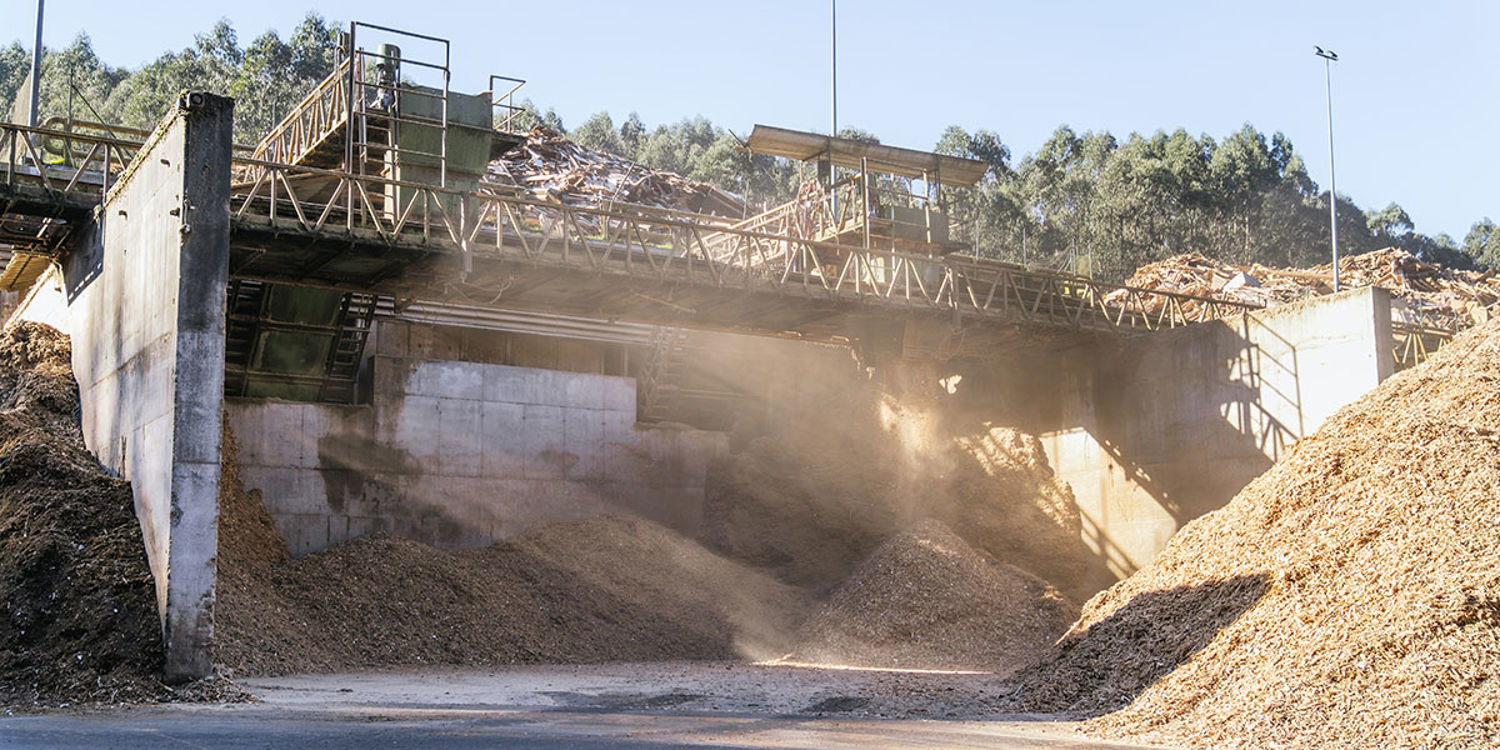How Thermal Imaging Can Help Companies Prevent Fires Before They Ignite in Bulk Storage Zones
$50 million lost to fires: Why forestry bulk storage is so vulnerable


The escalating threats to forestry operations cannot be overstated. Indeed, in the forestry sector, very few environments pose a greater fire hazard than bulk storage facilities.
As recently as 2023, catastrophic wildfires in South-Central Chile scorched more than 430,000 hectares of land. Forestry giant Arauco alone estimated $50 million in damage and operational disruption, underscoring in no uncertain terms how climate-driven fire events are disrupting forestry operations far beyond the forest floor.
This far from being an isolated incident. Forestry yards storing sawdust, wood chips or bark mulch hold vast volumes of flammable material in compact piles—making fire not just possible, but probable.

Hidden hot spots can form through microbial decomposition, friction, or poor ventilation, which can then smolder for days beneath the surface, beyond the reach of visual inspections or handheld probes.
The result? A devastating blaze that’s incredibly difficult to suppress, capable of destroying not only the stored material but also adjacent assets, machinery, and buildings.
However, with thermal imaging, there is no waiting for smoke or flame; it detects internal temperature anomalies early, even in large, outdoor piles.
The challenge for operators is that surface-level inspections or periodic temperature checks offer very little protection, because internal heat buildup is invisible to the naked eye and unpredictable in both depth and location. This is where early fire detection through thermal imaging plays a transformative role.

Standard fire suppression systems—sprinklers, deluge systems, and fire-retardant blankets—are vital, but they’re only ever reactive. They can only be triggered once smoke, flame, or extreme surface heat has already been detected, often too late to prevent full ignition. As a result, employee safety, product, and equipment are all put at risk.
FLIR’s advanced thermal cameras enable early fire detection through 24/7 non-contact monitoring of biomass piles, offering real-time detection of any abnormal temperature trends. This allows operators to intervene early: removing or rotating material, increasing ventilation, or activating localized suppression before fires can take hold.
Outdoor biomass yards demand monitoring systems that are both robust and intelligent. FLIR’s thermal solutions are engineered for harsh environments, resisting dust, moisture, and temperature extremes. These products feature:
From fixed-mount cameras such as the FLIR A500f/A700f Advanced Smart Sensors,
FLIR A500f/A700f Advanced Smart Sensors
to impactful solutions such as the automated FLIR Axxx-Series
or the rugged FH-Series R for harsh outdoor environments,

FLIR’s portfolio is tailored for industrial-scale detection.
Fires in wood storage yards can smolder for days. They tie up emergency services, damage crucial equipment, bring operations to a screeching halt, and, worst yet, pose serious health and environmental risks.
Thermal imaging offers a way to predict and prevent these risks before they escalate, protecting workers, product, and profit margins as well as the surrounding area. Whether in bioenergy plants, sawmills, or timber handling sites, early fire detection in bulk storage isn’t merely a safety measure: it’s a business imperative that site owners can’t afford to ignore.
Fill in the form to get in touch with a FLIR EFD expert today.